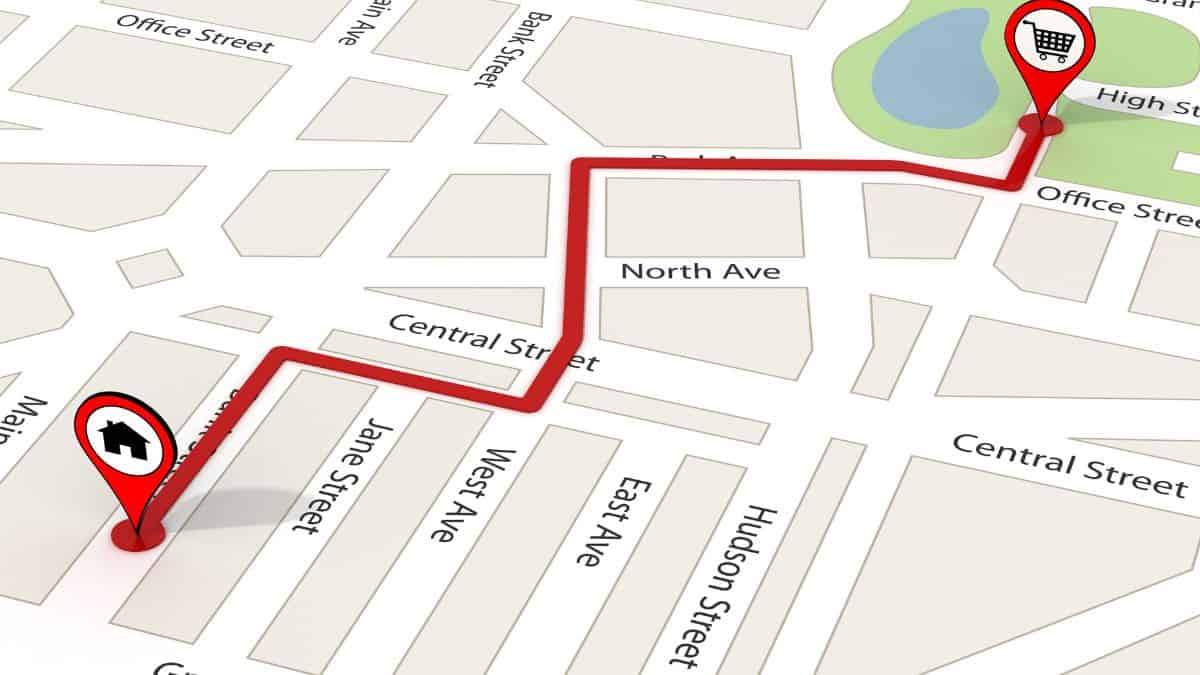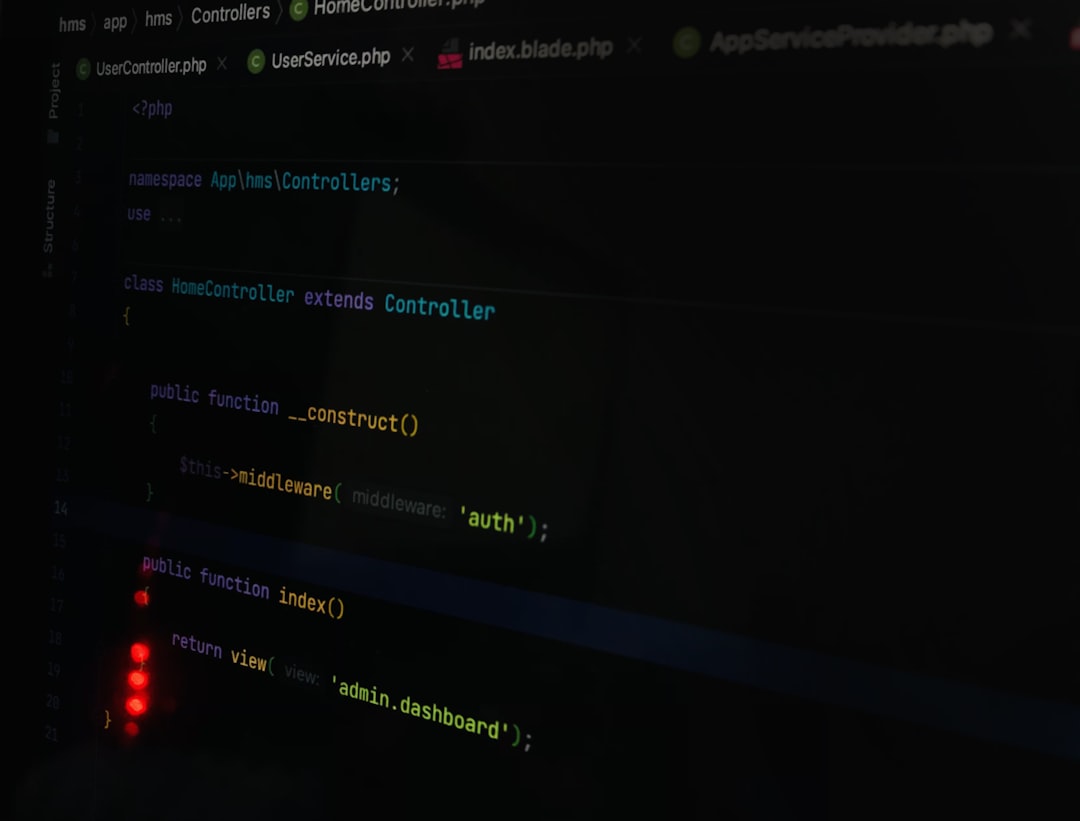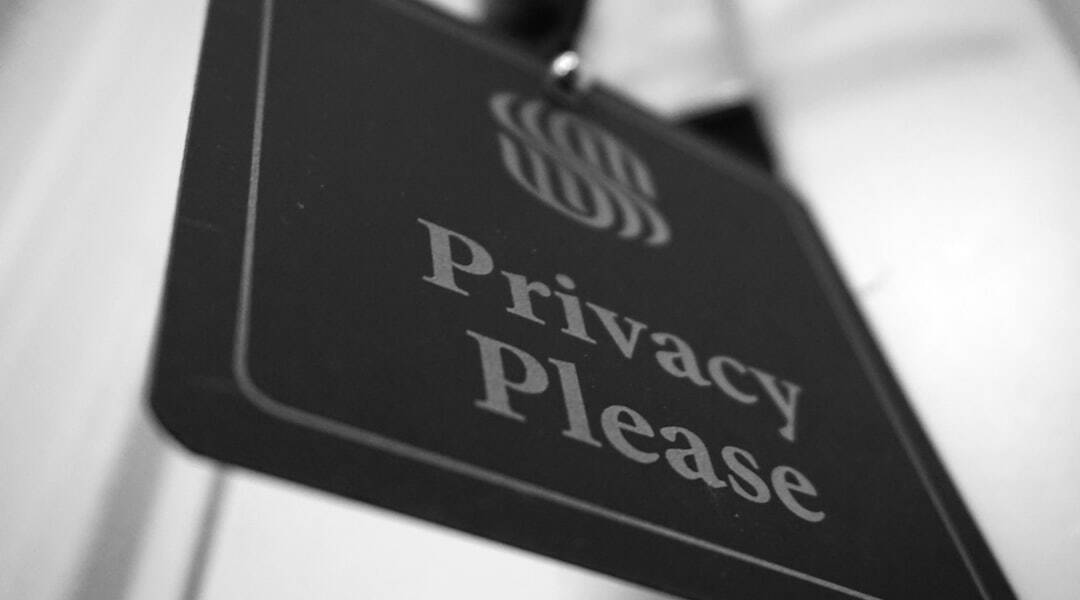Ever wondered how to gather valuable business data from Google Maps without getting blocked? It sounds tricky, but it doesn’t have to be. With a touch of tech magic and ethical strategy, you can do it confidently. Let’s explore how to ethically scrape Google Maps using proxies—and have some fun while doing it!
Why Scrape Google Maps?
Google Maps is a goldmine of information. It offers:
- Business names
- Addresses
- Phone numbers
- Ratings and reviews
- Opening hours
Whether you’re a startup looking for leads, a marketing guru hunting trends, or just super curious—Google Maps delivers data galore.
But Wait—Is It Legal?
This is the big question. Scraping is not illegal on its own. But how you do it matters. It’s all about respecting:
- Google’s Terms of Service
- Robots.txt rules
- User privacy
Be smart. Don’t scrape personal information or spam users. Use the data with good intentions—like business research or location analysis. That’s what “ethical scraping” means.
Why You Need Proxies
Here’s the deal: Google doesn’t like bots. If you start sending tons of requests from the same IP, bam—you’re blocked.
That’s where proxies come in. They act like masks for your computer. Instead of saying, “Hey, it’s me again,” you’re saying, “Hi, I’m a totally different person now.”
Pretty neat, huh?

Types of Proxies
Not all proxies are created equal. Here are the main types:
- Residential proxies: Real home IPs. They’re super reliable and harder to detect.
- Datacenter proxies: Fast and cheap. But easier for Google to spot.
- Rotating proxies: These auto-change IPs every few minutes or requests. Perfect for large-scale scraping.
For Google Maps, rotating residential proxies are often the best combo of stealth and performance.
How to Scrape Google Maps (The Ethical Way)
Let’s walk through the steps. Simple. Fun. And definitely smarter than flying blind.
- Pick a scraping tool or write one. Use Python with libraries like BeautifulSoup, Selenium, or Puppeteer.
- Add proxy support to your scraper. Make it rotate IPs and avoid hitting Google too fast.
- Set request delays. Scraping too quickly is the fastest way to get noticed. A human wouldn’t click 500 places per second—your bot shouldn’t either.
- Target only public data. Never download user reviews in bulk or pull emails off listings—unless they’re business contact emails.
- Check your local laws. Depending on where you live, scraping might require extra care. Do your homework.

Tips for Staying Under the Radar
Even with proxies, you have to play it cool. Some tips to stay unnoticed:
- Randomize your user agent headers (pretend you’re a browser).
- Use human-like delays between actions.
- Respect rate limits. Google doesn’t publish them, but start slow and test carefully.
Act like a chill human user, not a caffeine-loaded click robot.
Bonus: Tools That Help
Don’t want to build a scraper from scratch? No problem! Here are some tools you can explore:
- Scrapy: A Python framework for powerful scraping projects.
- Octoparse: Great for non-coders.
- Bright Data (Luminati): Offers a wide range of ethical proxies.
- ScraperAPI: Plug-and-play proxy support for any scraper.
The Golden Rule
Always ask yourself: “Would I feel okay if someone did this to my site?”
If the answer is yes, you’re probably on the ethical side of scraping. If not, reconsider your approach. There’s always a better way.
Let’s Wrap It Up
Scraping Google Maps doesn’t have to be shady. With the right tools, the right proxies, and ethical intent—you’re golden.
So go forth, brave scraper! Gather your data respectfully, shield yourself with good proxies, and always remember: being smart beats being sneaky.
